
Gold has long been seen as a steady player in uncertain times, but buying it year after year takes more than gut instinct. Before you commit to another ounce, here’s what seasoned investors evaluate to keep their strategy sharp and returns stable.
Understand Gold’s Price Trends
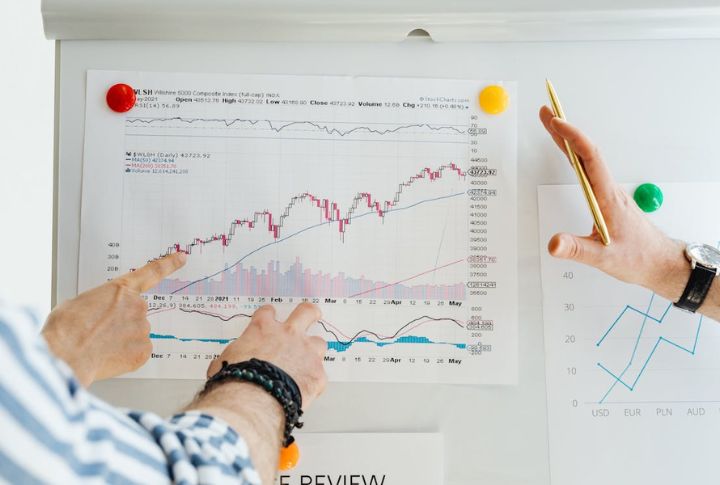
Gold often shines brightest when economies wobble. Its price soared past $2,000 per ounce during the pandemic and again in 2024. Inflation, geopolitical shocks, interest rates, dollar strength, and real yields all play a part in its upward-leaning, cyclical movements.
Know The Difference Between Physical And Digital Gold
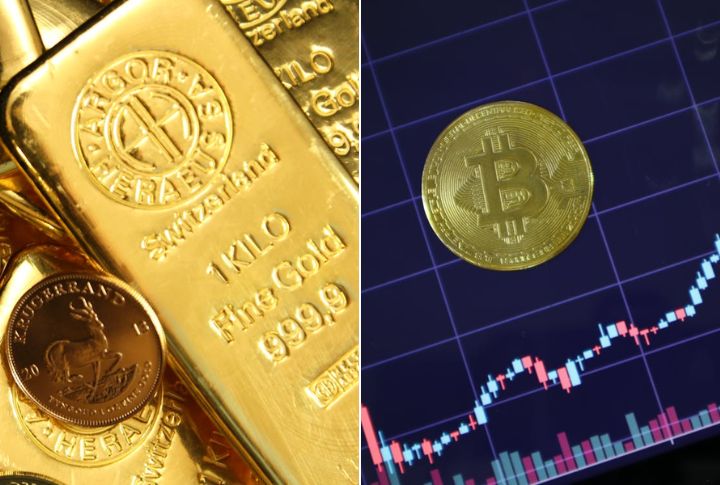
Physical gold—coins and bars—is something you store yourself, while digital gold includes ETFs and vaulting apps. GLD and similar ETFs simplify trades through brokerage platforms. Digital options also cut storage risks, but many still trust the tangibility and security of physical gold.
Factor In Storage And Insurance Costs

Gold in hand means added responsibility. You’ll need secure storage, like a home safe or deposit box, and annual insurance, especially for larger amounts. These expenses eat into your returns. That’s why some opt for insured third-party vaults to lighten the burden.
Consider Liquidity Before Buying
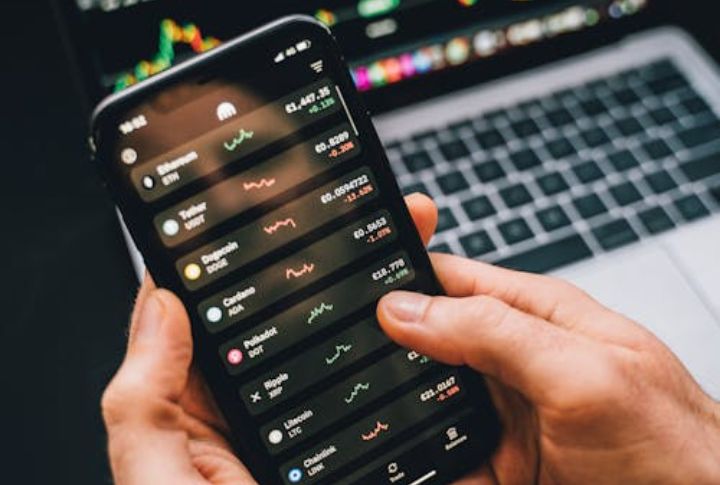
Planning to sell quickly? Not all gold makes it easy. Some coins are easier to liquidate than large bars. Even dealer buyback terms may vary, and retirees especially need gold that’s simple to access in a pinch. However, ETFs let you cash out instantly.
Check Purity And Authenticity Standards

Gold’s value depends heavily on purity—24-karat or 99.99% bullion are the benchmarks. Hallmark stamps confirm metal content, but without trusted dealers, fakes can slip through. To avoid that risk, stick with certified sources like the U.S. Mint or LBMA-approved refiners.
Align With Your Retirement Or Investment Goals

Gold doesn’t generate income, but it’s excellent for preserving purchasing power. Advisors often suggest keeping 5–10% of your portfolio in gold. It acts as a hedge against inflation and downturns, and with a Gold IRA, you can even gain tax advantages.
Understand Tax Implications
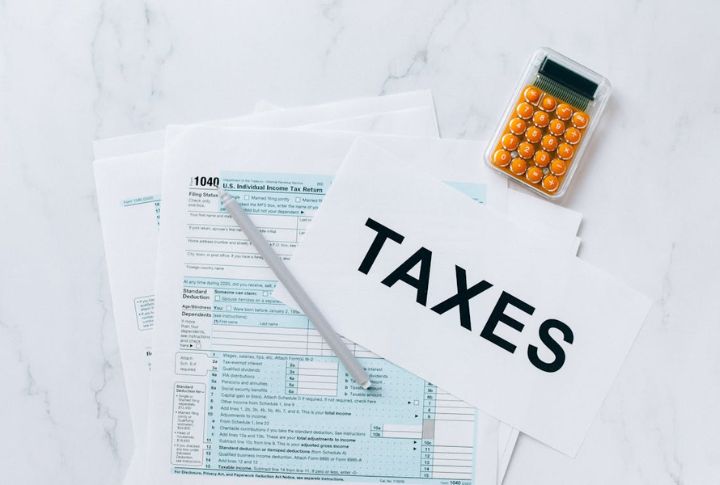
Gold is taxed as a collectible, with long-term gains reaching up to 28%. That includes coins and bars. ETFs may be treated differently, and selling gold within a year can trigger short-term capital gains tax. Inside an IRA, though, gold can grow tax-free or tax-deferred.
Monitor Central Bank Activity

Central banks hold over 35,000 metric tons of gold, and they’re still buying. Countries like China and India have steadily increased reserves. Their purchases push prices higher, and since they’re reducing dollar reliance, tracking these trends offers valuable insight for gold investors.
Compare Dealer Premiums And Buyback Rates

Some gold dealers charge up to 10% above the spot price, and those premiums affect your return. Others guarantee buybacks at set rates. Reputation, transparency, and competitive pricing make a real difference, especially when online platforms allow you to compare dealers easily.
Consider Timing And Market Volatility
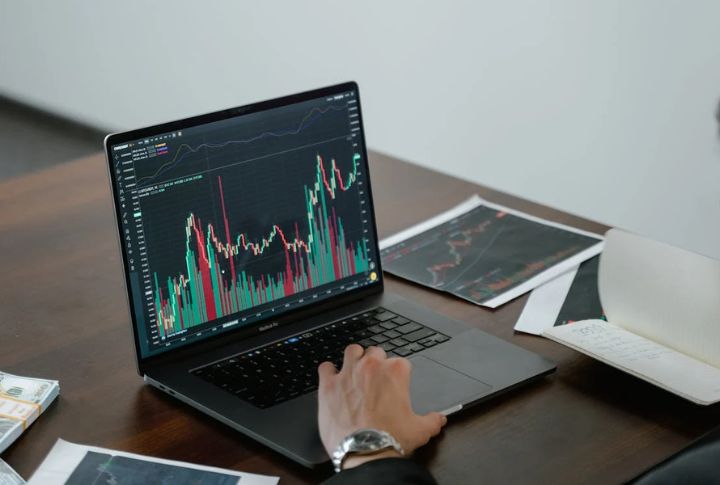
Gold reacts quickly to world events, often surging during geopolitical crises or market chaos. Buying during dips can lower your cost. Around major festivals in India and China, demand usually rises. And since gold moves opposite the dollar, volatility creates timely entry points.
